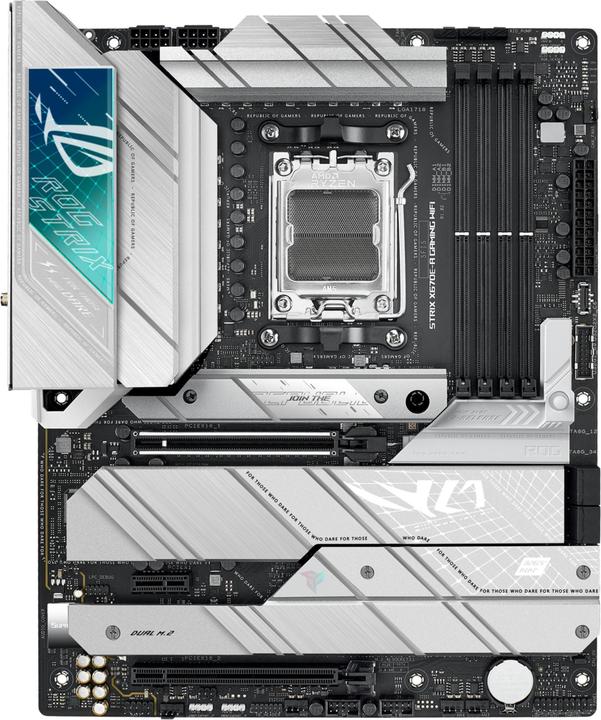This does not necessarily have much to do with the board, but rather with the memory controller in the CPU. Basically, however, it is more difficult to overclock 4 bars than 2 bars. For this reason, I would rather recommend using 2 bars.
Furthermore, the "sweet spot" for Ryzen 7000 seems to be at fast 6000Mt/s RAM. As soon as the Frequen is above 3000MHz (=6000Mt/s) the CPU switches the UCLK frequency from 1:1, i.e. 3000MHz, to 1:2, i.e. at 6200Mt/s (3100MHz) to 1525MHz. You can go back to 1:1 manually, but the probability that the CPU can achieve this decreases. 64000Mt/s, i.e. 3200MHz UCLK is maintained by few CPUs.
It seems to make the most sense to get good 6000Mt/s RAM (e.g. G.Skill Z5 Neo 6000CL30) and then tweak the timings on it, most easily with Buildzoids timings for Hynix A-Die (which the G.Skill 6000CL30 use exclusively, the 6000CL32 apparently use M-Die). Most kits should be able to run these timings. (
https://www.youtube.com/watch)
See also Hardware Unboxed, which tested various timings plus 6400Mt/s RAM:
https://www.youtube.com/watchAs well as Igor's Lab:
https://www.igorslab.de/amd-ryzen-...4 DIMM modules, max. 192 GB, DDR5 8,000+(OC)/7,800(OC)/7600(OC)/7200(OC)/7000(OC)/6800(OC)/6600(OC)/6400(OC)/ 6200(OC)/ 6000 (OC)/5800(OC)/ 5600(OC)/ 5400(OC)/ 5200/ 5000/ 4800 MeECC and non-ECC memory, unbuffered* Dual channel memory architectureSupports AMD EXTended profiles for overclocking (EXPO™)OptiMem
II
* Supported memory types, data rate (speed) and number of DRAM modules vary depending on processor and memory configuration. For more information, see
https://www.asus.com for the memory support list.
* Non-ECC and unbuffered DDR5 memory supports the On-Die ECC function.

